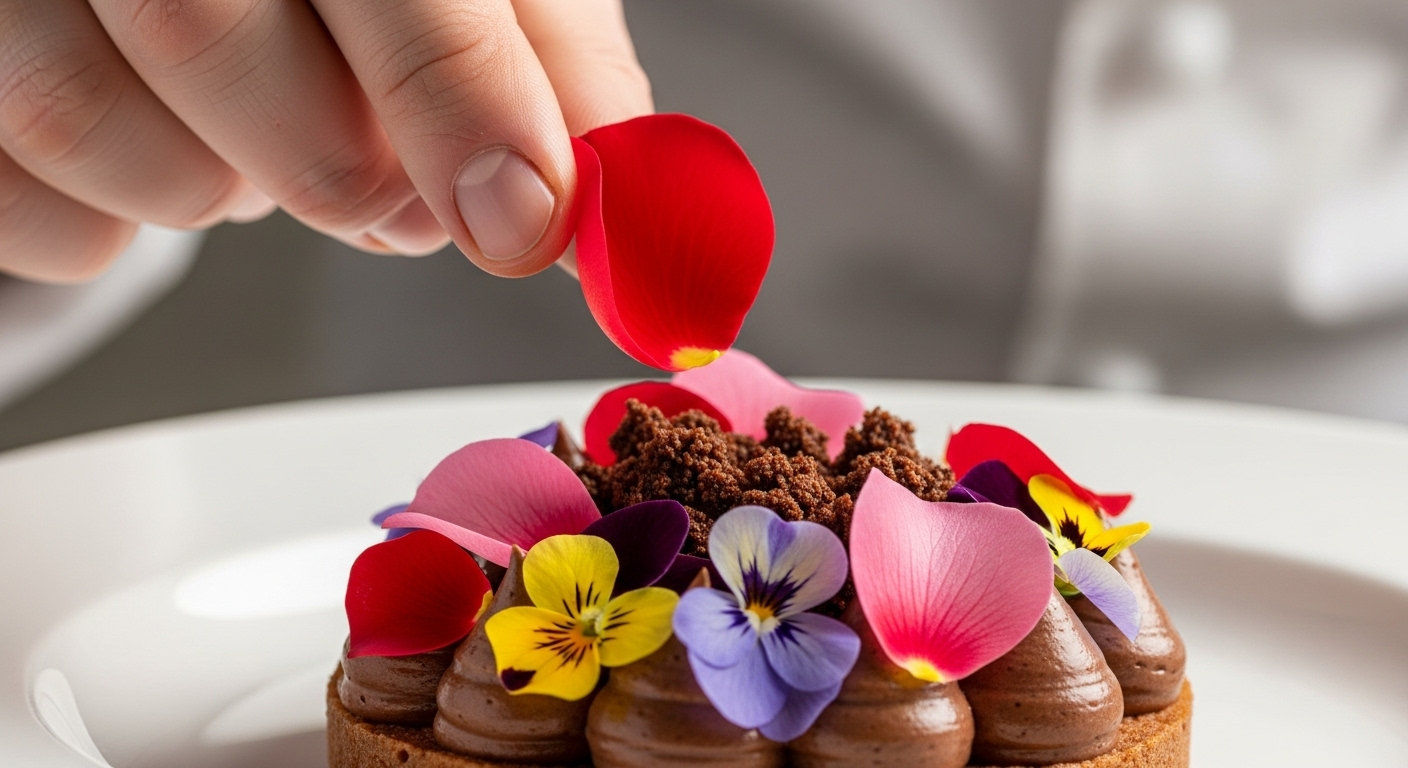Tantalizing the Taste Buds: A Journey Into the World of Edible Flowers
**Introduction** Edible flowers – a concept that may seem peculiar to some but is an integral part of many culinary traditions. They bring color, flavor, and a touch of whimsy to a dish, transforming the commonplace into the extraordinary. In this article, we delve into the vibrant world of edible flowers, their uses, and how they're revolutionizing the culinary arts.

A Blossoming Trend: The Use of Edible Flowers
Edible flowers are not a novel concept. They’ve been part of culinary traditions across cultures, from the Roman Empire to traditional Chinese, Indian, and Middle Eastern cuisines. Today, the use of edible flowers is seeing a resurgence in the culinary world. Chefs worldwide are embracing these delicate ingredients, creating visually stunning dishes that please the palate as much as they delight the eyes.
The Edible Flower Pantry: Varieties and Flavors
The variety of edible flowers is astounding. Roses, violets, nasturtiums, marigolds, and pansies are just a few of the many available. Each flower boasts a unique flavor profile - roses offer a sweet, fragrant flavor, nasturtiums have a peppery kick, while violets impart a gentle, floral sweetness. Choosing the right flower for a dish depends on the desired flavor profile and visual impact.
The Art of Incorporating Edible Flowers in Cooking
Incorporating edible flowers into your cooking involves more than just sprinkling them onto a dish. They can be used in a myriad of ways - infused into oils and vinegars, mixed into batters and doughs, or used as garnishes. The key is to balance their delicate flavors with the other ingredients in the dish, ensuring they enhance rather than overpower the overall taste.
Edible Flowers in Beverages: A Splash of Color and Flavor
Edible flowers aren’t limited to food dishes. They also find their way into a variety of beverages, from cocktails and teas to lemonades and sparkling waters. A hibiscus flower in a glass of champagne or a sprinkle of lavender in a gin and tonic can elevate the drinking experience, adding a layer of complexity to the flavor and a visually pleasing element.
Food for Thought: Safety Considerations
While edible flowers add a touch of elegance to dishes, not all flowers are safe to eat. Some can cause allergic reactions, while others are outright poisonous. It’s crucial to source edible flowers from reputable suppliers and always ensure they’re pesticide-free. Never pick flowers from the side of the road or from a garden unless you’re sure they haven’t been treated with harmful chemicals.
Tips and Fascinating Facts
-
Edible flowers are best used fresh. They lose their flavor and color when dried.
-
To prepare edible flowers, gently wash them under cold water and pat dry.
-
Add flowers at the end of the cooking process to maintain their color and flavor.
-
Some flowers like nasturtiums and squash blossoms can be stuffed with cheese or other fillings and cooked.
Conclusion
Edible flowers are much more than a culinary trend. They’re a testament to the creativity and innovation that defines the world of gastronomy. As we continue to explore and push the boundaries of our culinary experiences, these colorful blossoms remain a vibrant reminder of nature’s bounty, adding not just flavor and color, but also a dash of poetry to our plates.






